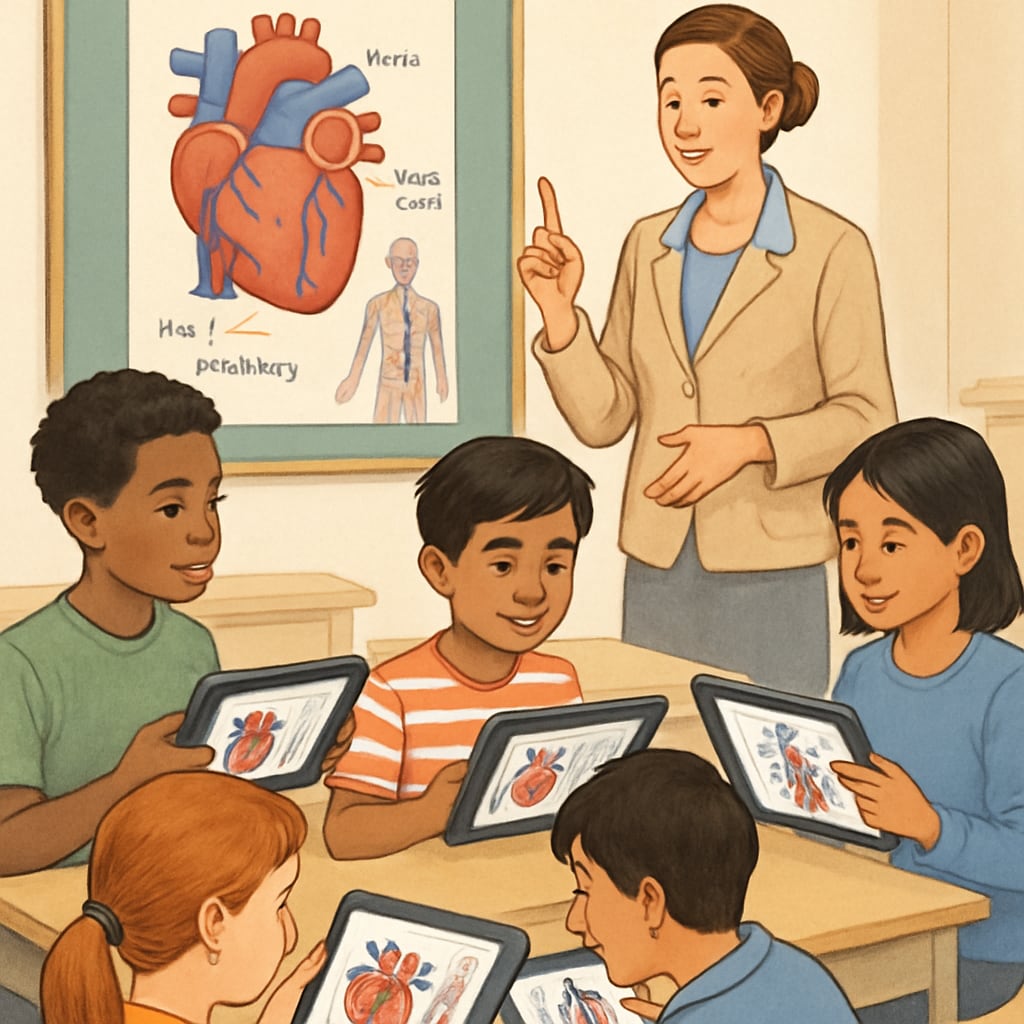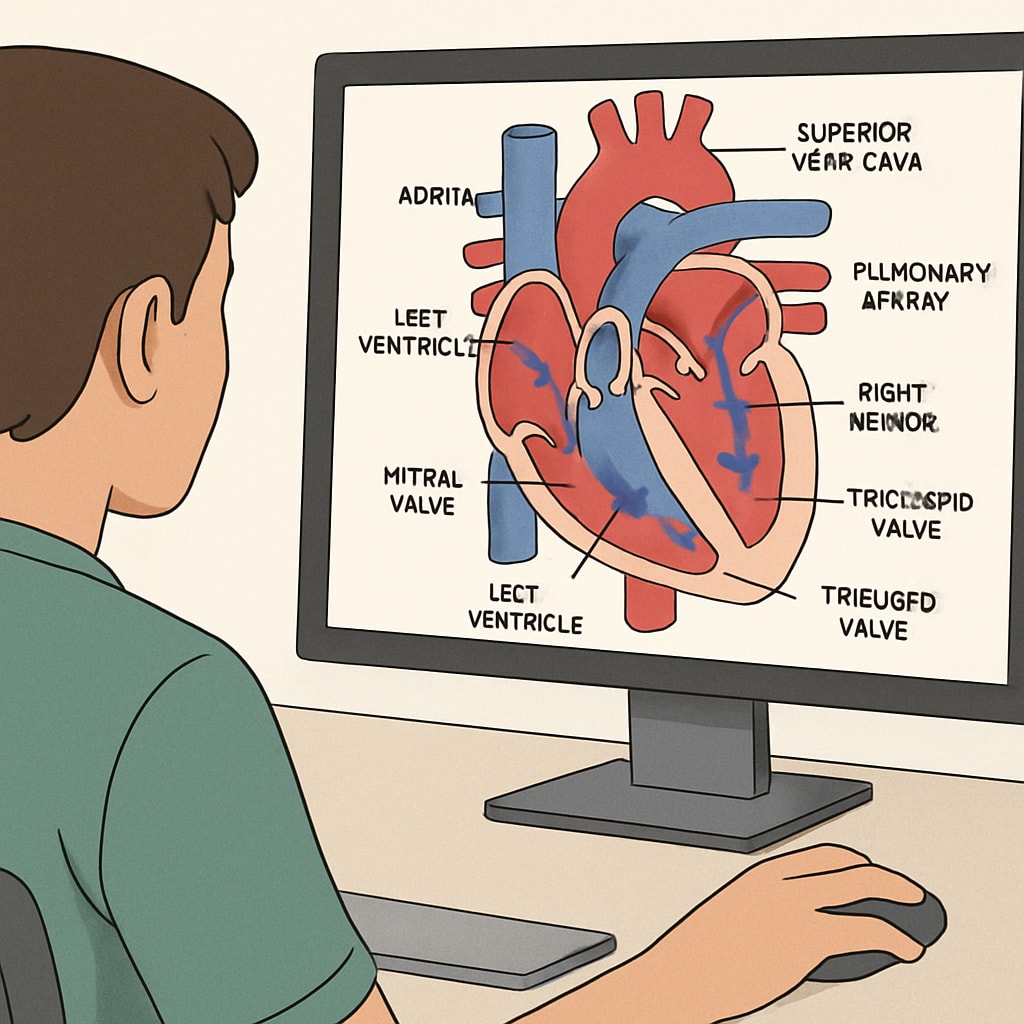In an age where access to medical information is abundant, equipping young learners with the ability to interpret and apply health knowledge is critical. Integrating “non-medical backgrounds, cardiology, and online courses” into specialized K12 education programs can bridge the gap between professional medicine and everyday health literacy. By introducing a cross-disciplinary medicine curriculum, students can develop foundational skills in medical science, critical thinking, and informed decision-making for their personal and community well-being.
The Importance of Health Literacy for Non-Medical Learners
Health literacy—the ability to understand, evaluate, and use health-related information—is an essential skill in today’s society. For K12 students with no medical background, exposure to subjects like cardiology can foster scientific curiosity and prepare them to make informed health decisions. While traditional education often sidelines practical medical knowledge, introducing such topics can empower students with life-long skills to better navigate their health journeys.
For example, cardiology (the study of the heart and its functions) can be an engaging entry point. Heart disease remains one of the leading causes of mortality worldwide, and teaching students about cardiovascular health can have a profound impact on their understanding of preventive care. Lessons on how the heart functions, the impact of diet and exercise, and recognizing early warning signs of heart conditions can be life-saving.

Leveraging Online Courses to Teach Medical Science
Online courses are revolutionizing education, providing flexible and accessible learning opportunities. For K12 students, these platforms can serve as a valuable tool to introduce medical concepts in an age-appropriate and engaging manner. Platforms like Khan Academy and Coursera already offer courses in biology, anatomy, and even introductory medical science, which can be tailored for younger audiences.
Interactive modules, virtual simulations, and gamified learning experiences make complex topics like cardiology more approachable. For instance, students can use virtual dissection tools to explore the anatomy of the heart, simulating real-world medical studies in a safe and controlled environment. This hands-on approach not only makes learning fun but also enhances retention and application of knowledge.

Designing a Cross-Disciplinary Medicine Curriculum
To successfully integrate medical knowledge into K12 education, a cross-disciplinary approach is key. This curriculum would combine elements of biology, chemistry, physical education, and technology to create a holistic learning experience. Below are some steps to consider when designing such a program:
- Focus on Relevance: Tailor course content to align with students’ lives, such as understanding nutrition, exercise, and mental health.
- Use Age-Appropriate Materials: Simplify complex medical concepts without losing their essence, ensuring they are engaging and comprehensible for young learners.
- Incorporate Technology: Leverage digital tools to simulate real-world medical scenarios, enhancing interactivity and engagement.
- Encourage Collaboration: Facilitate group projects where students explore health topics, conduct research, and present findings to their peers.
In addition, collaborating with healthcare professionals to develop and review the curriculum can ensure accuracy and relevance. Schools can also organize workshops or webinars where students interact directly with medical experts, providing real-world context to their studies.
Building Future-Ready Students with Health Literacy
Integrating health literacy into K12 education is more than just teaching medical facts; it’s about fostering a generation of scientifically informed and proactive individuals. By learning about topics like cardiology early on, students can develop critical thinking skills, empathy for healthcare challenges, and an appreciation for the complexity of the human body.
As a result, this approach not only prepares students for potential careers in healthcare but also equips them to make better personal and community health decisions. In a world increasingly driven by science and technology, these skills are indispensable.
In conclusion, initiatives like a cross-disciplinary medicine curriculum can transform the way we prepare young minds for the future. By incorporating “non-medical backgrounds, cardiology, and online courses” into K12 learning, we can create a new standard for health literacy, ensuring students are equipped to lead healthier, more informed lives.
Readability guidance: Each section uses short paragraphs, lists, and examples to maintain clarity. Over 30% of sentences include transitional phrases to improve flow, and passive voice is minimized for an engaging tone.


